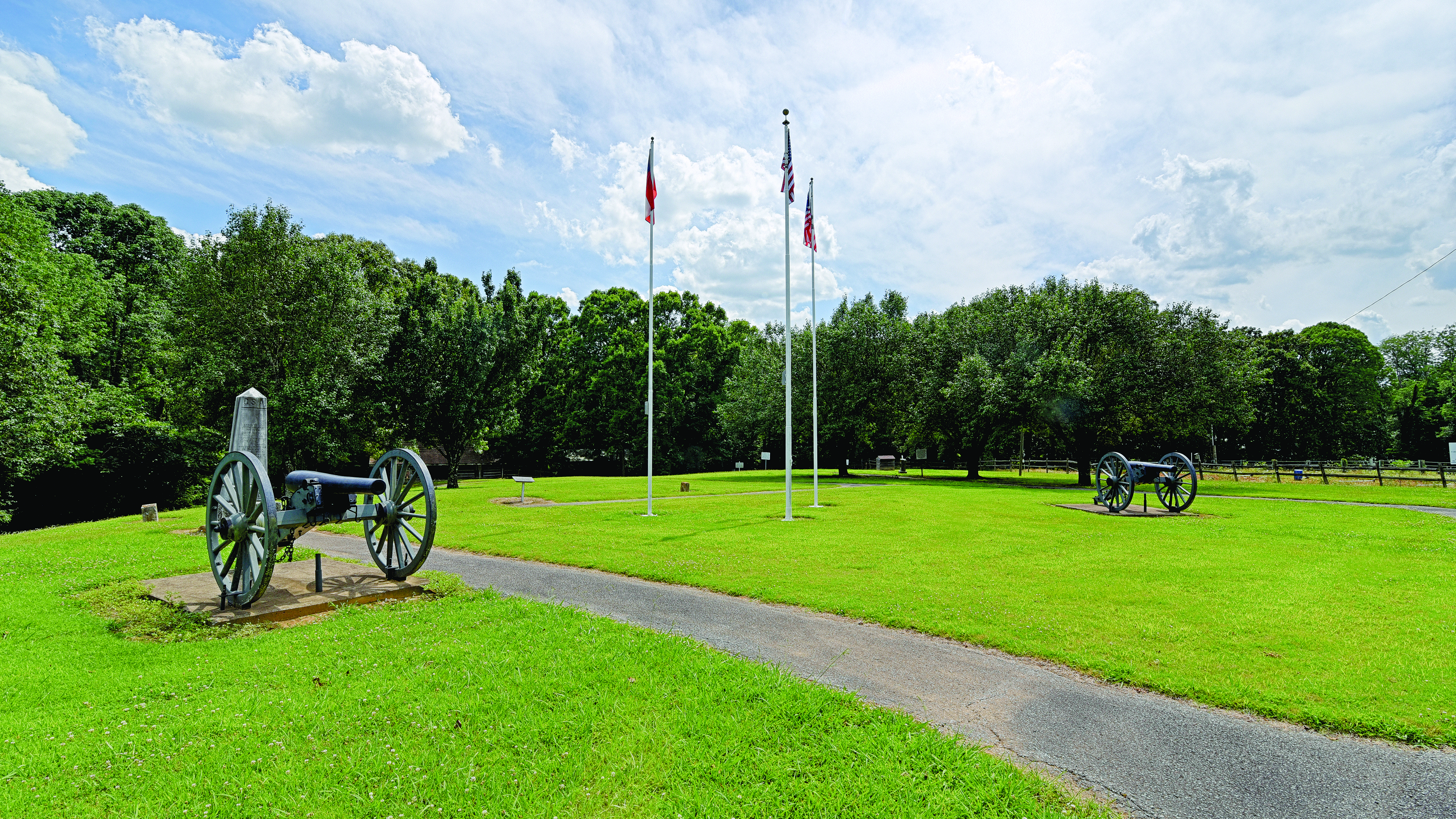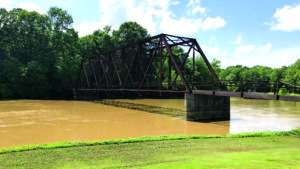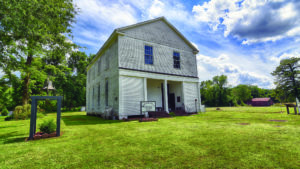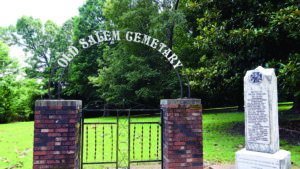North and South wrestled for control of this important crossroads
As a hub of railroad activity in mid–19th century West Tennessee, the town of Jackson, in Madison County, offered a vital supply route to occupying forces, and the town changed hands several times throughout the war. Confederate Camp Beauregard was established in Jackson in May 1861, serving as a training ground for several Tennessee regiments, including the 6th Tennessee Infantry, with eight companies of men from Madison County. In June 1862, Federal forces occupied the town and took control of the railroad junction to use the tracks as supply lines for their Mississippi campaigns. Union Maj. Gen. Ulysses S. Grant headquartered in Jackson in the months surrounding the Battle of Shiloh.
On several occasions, the Confederates attempted to wrest control of the railroads back. On September 1, 1862, nearly 3,000 Confederate cavalry clashed with outnumbered Federal troops at the Battle of Britton Lane near Jackson, resulting in the capture of a large Union wagon train, two pieces of artillery, and 213 prisoners. The prisoners were held in a church in nearby Denmark that still stands and preserves some of their graffiti. In December of the same year, Confederate Brig. Gen. Nathan Bedford Forrest organized a raid into West Tennessee to disrupt Grant’s supply lines. As his cavalry rode south toward Jackson on December 19, Federal soldiers stationed at Salem Cemetery battled with them for four hours.
Visitors to Jackson today can view the preserved battlefields of both these engagements, visit the grave sites of some of the men sacrificed at them, and discover more about the vital role the railroads played during the Civil War in Tennessee at the Casey Jones Railroad Museum. Downtown Jackson and the historic district are walkable and the streets are peppered with period homes, sites, and signs of commemoration for enthusiasts of all sorts.
Battle of Britton Lane, 280 Britton Lane, Denmark (above)
On September 1, 1862, nearly 3,000 Confederate cavalrymen under Frank C. Armstrong clashed on the field here with the 20th and 30th Illinois Infantry, an Illinois artillery battery, and two Ohio cavalry companies under the command of Colonel Elias S. Dennis. Monuments mark the site, along with a mass grave of Confederates who were killed during the battle. An extant cabin on the site was used as a hospital for both the Federal and Confederate wounded.
Hatchie River
The Hatchie River, a major trade route into West Tennessee, played an important role in the war in Madison County. The Estonallie Landing served steamboats carrying supplies to troops and to trains heading for Jackson. In December 1863, Nathan Bedford Forrest used
the crossing to withdraw his men to the southwest. The 238-mile-long stream is the only major river of West Tennessee that has not been altered or channelized by human activity. Under the Tennessee Wild and Scenic River Act, it has been designated a “Scenic River.”
Denmark Presbyterian Church, 2799 Denmark Jackson Rd., Denmark
In April 1861, 104 local men formed the Denmark Danes (later part of the 6th Tenn.) and mustered into the Confederate Army here before leaving for Camp Beauregard. The company’s captain, John Ingram, is buried in the church cemetery. On the eve of the Battle of Britton Lane, Illinois troops camped on the grounds. After the battle, Confederates held their prisoners on the second floor, in the Masonic lodge, where soldiers’ graffiti is still preserved on the walls.
Salem Cemetery, 58 Cotton Grove Rd., Jackson
On the morning of December 19, 1862, Federal soldiers positioned here by Colonel Adolph Engelmann surprised Nathan Bedford Forrest’s cavalry advancing toward Jackson. After four hours of fighting, Engelmann withdrew his troops to within the defenses of Jackson, freeing Forrest to continue his raids on the Union rail and communication lines. Visitors to the site today can see cemetery stones, monuments, and cannons, as well as interpretive signage detailing the battle.
Confederate Monument, 100 E. Main St., Jackson
Erected in 1888, this memorial to the Madison County men who fought for the South is in front of the county’s courthouse. Inscribed at intervals on all four sides are the names of the major engagements in which they served: Shiloh, Chickamauga, Franklin, etc. Also inscribed is: “Madison County furnished the South more soldiers than she had voters.”
Ulysses S. Grant Headquarters, 538 E. Main Street, Jackson
When Federal troops occupied Jackson, several homes were ordered to be vacated for use by the army, including the home of wealthy cotton broker James Lyon, which was used as General Grant’s headquarters. A sign marking the spot of his headquarters is adorned by foliage in a Victorian memorial garden for residents and visitors to enjoy.
Casey Jones Village, 56 Casey Jones Lane, Jackson
This quaint attraction, conveniently located off Highway 40, includes the historic home of the famous Jackson railroader Casey Jones, now a museum dedicated to his life and career, including a permanent exhibit about the railroads and the Civil War in Tennessee; shops, a motel, the Old Country Store restaurant, and a restored antebellum house that witnessed the Battle of Trenton.
Baker Bros. BBQ 215 W. Main St., Jackson
Jackson’s newest barbeque joint features pure West Tennessee-style BBQ. “We don’t drown it in sauce or smother it in rub. We let the meat & smoke shine.” Open 11 a.m. to 9/10 p.m.
Trailside is produced in partnership with Civil War Trails Inc., which connects visitors to lesser-known sites and allows them to follow in the footsteps of the great campaigns. Civil War Trails hasto date 1,552 sites across five states and produces more than a dozen maps. Visit civilwartrails.org and check in at your favorite sign #civilwartrails.










